Accurate dental diagnosis with state-of-the-art technology
At our dental clinic in Barcelona, we offer advanced digital dental radiology services to ensure accurate diagnoses and personalised treatments. Our team uses high-resolution equipment that allows us to obtain clear images in a matter of seconds, with minimum exposure to radiation and maximum comfort for the patient.
We have:
- High precision digital radiology equipment.
- The advanced Orthophos S 3D system with conical beam.
- Professionals specialised in dental imaging diagnosis.
- Direct communication between the dentistry and radiology teams for coordinated care.
Whether to plan orthodontic treatment, place an implant or detect hidden cavities, dental radiography is a key tool for taking care of your oral health.
Fast track your treatment
To book an appointment or speak with one of our friendly team, please get in touch using the options below
What is dental radiology?
Dental radiology is a diagnostic imaging technique that allows us to visualise the internal structures of the mouth: teeth, roots, jawbone, joints and surrounding tissues.
At Turo Park Clinics we use digital radiology, which offers multiple advantages over traditional methods:
- Less exposure to X-rays (up to 90% less radiation).
- Instant, high quality images.
- Faster and more convenient process.
- Easy storage and digital access for clinical follow-up.
Cutting-edge technology: Orthophos S 3D
Always at the forefront of innovation, at Turo Park Clinics we have the most advanced equipment on the market. Our clinic is equipped with an Orthophos S 3D cone beam, a state-of-the-art device that represents the evolution in dental imaging.
This system:
- Combines the advantages of a panoramic X-ray with those of a computed tomography (3D CT).
- It allows a 3D digital reconstruction of the oral structures.
- It scans the entire volume in a single pass, or focuses only on a specific area, which significantly reduces radiation exposure.
- It provides much more accurate images than a traditional panoramic, being especially useful in implants, complex endodontics and dental surgeries.
In our daily practice, this technology allows for more accurate diagnoses and safer treatments for our patients.
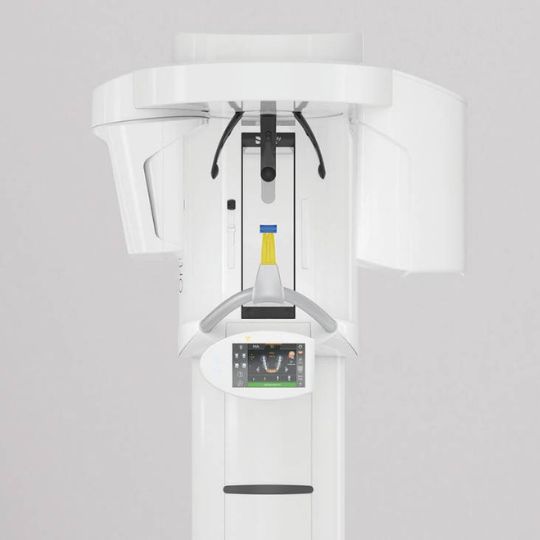
What types of dental X-rays do we perform?
Each type of X-ray has a specific purpose. In our clinic we have all the formats necessary for a complete diagnosis:
Panoramic X-ray (Orthopantomography)
- General image of the whole mouth: teeth, jaws, joints and maxillary sinuses.
- Ideal for detecting cysts, extensive caries, retained teeth or planning orthodontics and implants.
Lateral teleradiography (cephalometric radiography)
- Mostly used in orthodontics to analyse the bone structure of the skull and the relationship between the mandible and maxilla.
- It is key for orthopaedic treatment and orthodontic planning in children and adults.
3D dental CT (CBCT - cone beam tomography)
- Provides a three-dimensional image of the bone and anatomical structures.
- Indispensable for implant surgeries, complex endodontic or surgical cases.
- Thanks to the Orthophos S 3D, we obtain high-precision images with low radiation dose.
Intraoral X-rays (Periapical and Bite-wing)
- They allow us to see details of one or several specific teeth.
- Useful for detecting caries between teeth, infections, fractures or treatment control.
Combining medical expertise with state-of-the-art technology
Our dental radiology service forms part of the comprehensive diagnostic and treatment process.
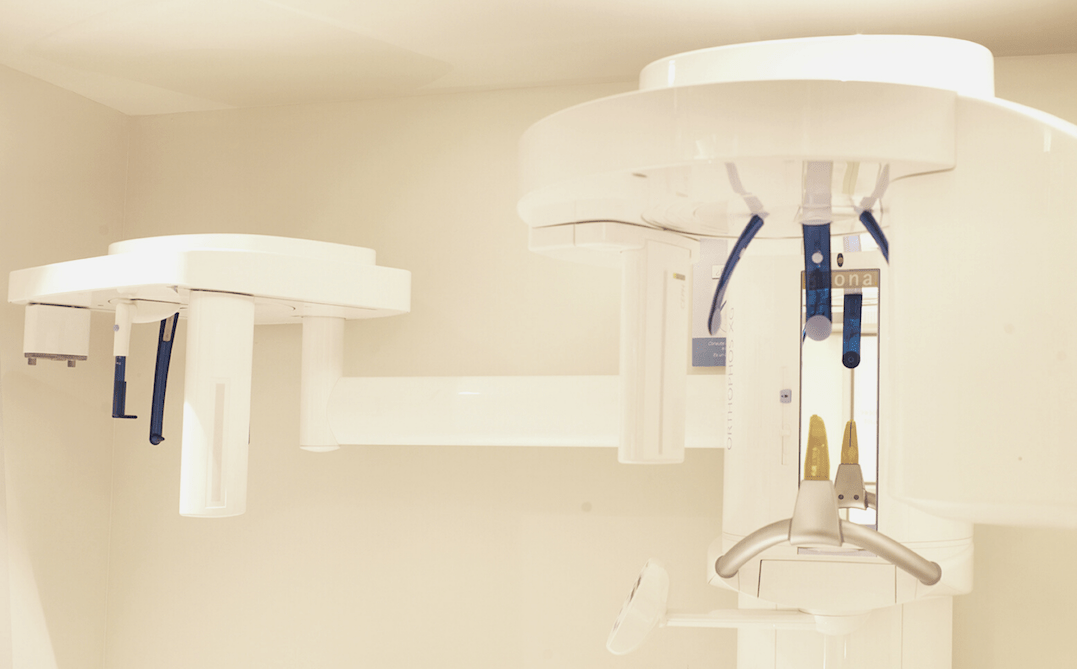
When is a dental X-ray recommended?
A dental X-ray may be necessary in different clinical situations. Some of the most frequent cases are:
- Detection of caries not visible to the naked eye.
- Evaluation of infections or abscesses.
- Study of dental development in children.
- Control before and after orthodontic or implant treatments.
- Analysis of bone loss due to periodontal disease.
- Examination of roots and adjacent structures in endodontic treatments.
Our answers to the most frequently asked questions about dental radiology
Are dental X-rays safe?
Can I have a dental X-ray if I'm pregnant?
How long does it take to get the results of a dental X-ray?
How should I prepare for a dental X-ray?
When should a panoramic dental X-ray be taken?
Our English-speaking dentists

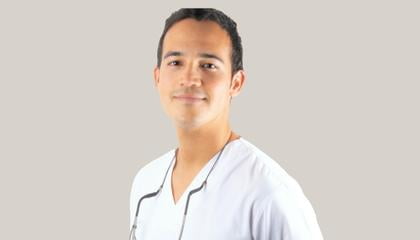












They talk about us
Dental societies and organisations

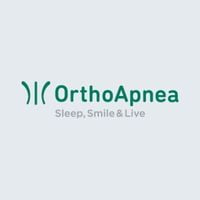



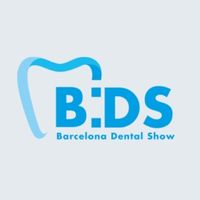




Have a look to the financing options
Don't worry, we take care of everything!